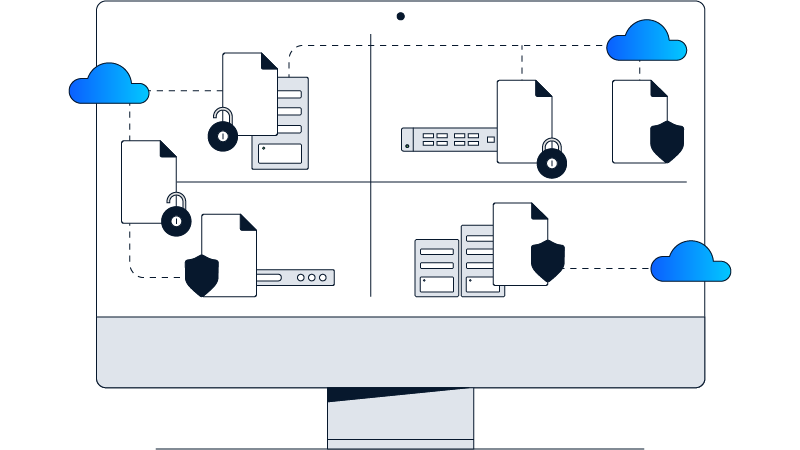How an exploit works
How does an exploit work?
For exploits to be effective, many vulnerabilities require an attacker to initiate a series of suspicious operations to set up an exploit. Typically, a majority of the vulnerabilities are result of a software or system architecture bug. Attackers write their code to take advantage of these vulnerabilities and inject various types of malware into the system.
How do I defend against exploits?
Many software vendors patch known bugs to remove the vulnerability. Security software also helps by detecting, reporting, and blocking suspicious operations. It prevents exploits from occurring and damaging computer systems, regardless of what malware the exploit was trying to initiate.
The typical security software implemented by businesses to ward off exploits is referred to as threat defense as well as endpoint, detection, and response (EDR) software. Other best practices are to initiate a penetration testing program, which is used to validate the effectiveness of the defense.
